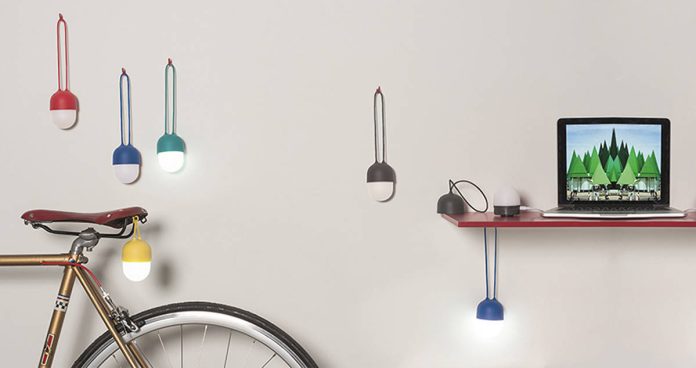A cross-generational class of people with living styles marked by an increasingly impulsive mobility, for whom concepts like transience and constant change are the norm. An “impermanent” lifestyle both inside and outside the home, which changes with varying needs and that has changed the nature of residential spaces from “permanent asset” to flexible, temporary space that can be speedily changed, thanks in part to new types of furnishings and accessories that can easily be dismantled, moved and reconfigured.
There are two micro-trends that represent the concrete manifestations of the Nomadic House in the residential and design field. The first, Moving Interiors, sees furniture and objects, mostly light and portable, adapted to the increasingly unstable configuration of domestic environments. Among the examples is Xtend, a prototype pop-up bathtub that can be folded, transported and used anywhere there is running water, including the garden; Clover, a portable lamp that can be recharged via USB and hung at any angle inside or outside the house, or diPende, space-saving suspended bowls in lacquered bamboo that can contain anything and perform different functions.
The second micro-trend is Mobile Living, which encompasses solutions that can easily be “packaged” and transported, from furnishings to the house itself! Indeed, because transformation is also the concept of residential building, which is seeing products like Kasita by Jeff Wilson: a micro residential module that can be combined and stacked in a grid structure but can also be moved to any district or city. The American brand Greycork includes sofas, chaises-longues, tables and bookcases that are designed to be packed in very thin boxes and assembled/dismantled in a few steps, without the use of tools.







